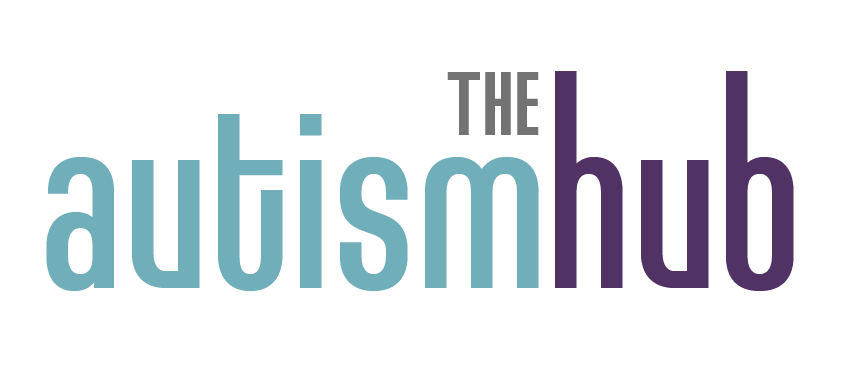Commenting comes naturally for many of us and makes up a large part of our interactions.
Promoting Commenting in the Classroom
We comment every day – on the weather, how you feel, your current state (hungry, thirsty), the events of your life (family, friends, work, holidays), favourite TV shows, books that you are reading etc. This proves to be a challenge for students with ASD to comment as there is no extrinsic value, no obvious action in response to this communicative function.
Commenting establishes social interactions and joint attention through the sharing of information. Commenting can range from naming or labelling items to talking about special interests or describing past and future events. By providing the means for students, both verbal and non-verbal, to comment, we are giving them the opportunity to enrich the quality of their interactions and engage in their learning.
Commenting supports can be generic or more individualised to suit the student’s teaching and learning needs. They can also be used across all programs including English, PDHPE, Music and Creative Arts as well as during mealtimes.
The possibilities are endless in how we can promote commenting in the classroom. Consider how we acknowledge and respond to both verbal and non-verbal attempts to comment and how we model commenting using facial expression, gesture, vocal expression and key words. Adult modelling is imperative in demonstrating to the students the interactional value of commenting and the type of positive response they will receive from their interaction partners.








